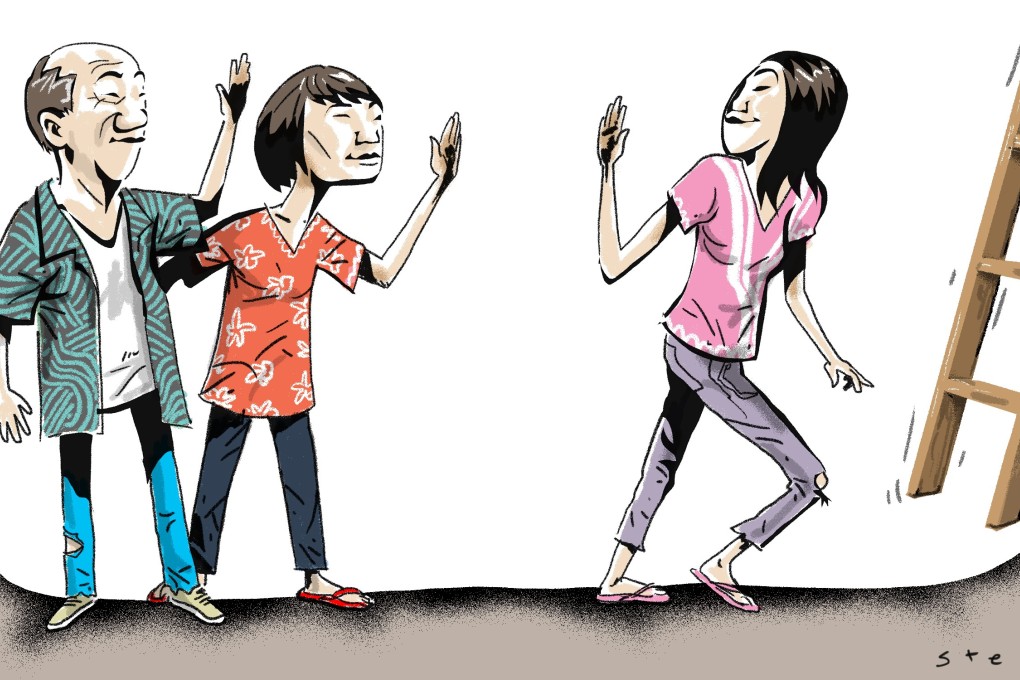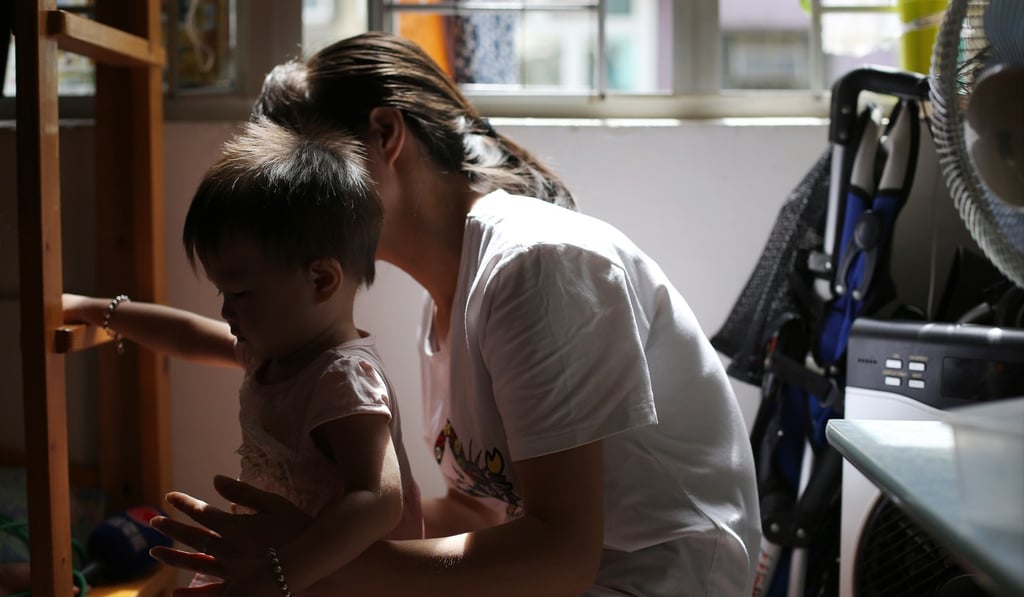How to break the cycle of child poverty in Hong Kong, where one in five children are poor
Chenhong Peng and Paul Yip say ensuring all children have an equal chance of formal education is important but not enough. Increasingly, resources must be focused on helping disadvantaged children develop soft skills such as resilience and confidence


Child poverty is a serious concern not only because of its immediate impact on a child’s well-being, but also because of what it means for the child’s future. Hence, providing support to parents so that they can find work will not only give a lift to the children immediately, but it is also very effective in tackling intergenerational poverty.

Trapped in an unbreakable cycle of poverty, Hong Kong’s single mums just want to work
This is because when parents can afford it, they invest in their children through formal schooling, home learning and extracurricular activities. Such investments are later rewarded in the labour market when the child gets a well-paying job.